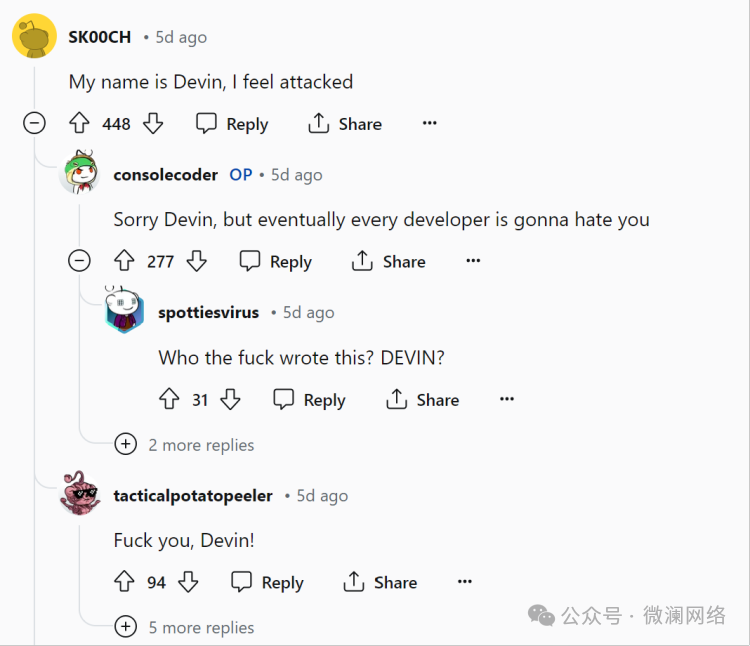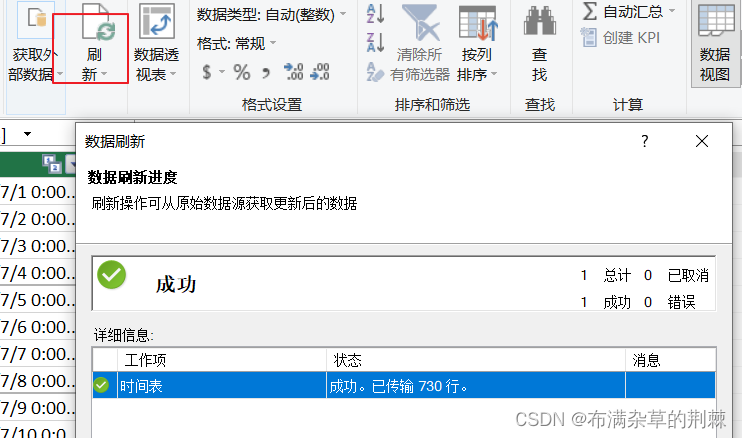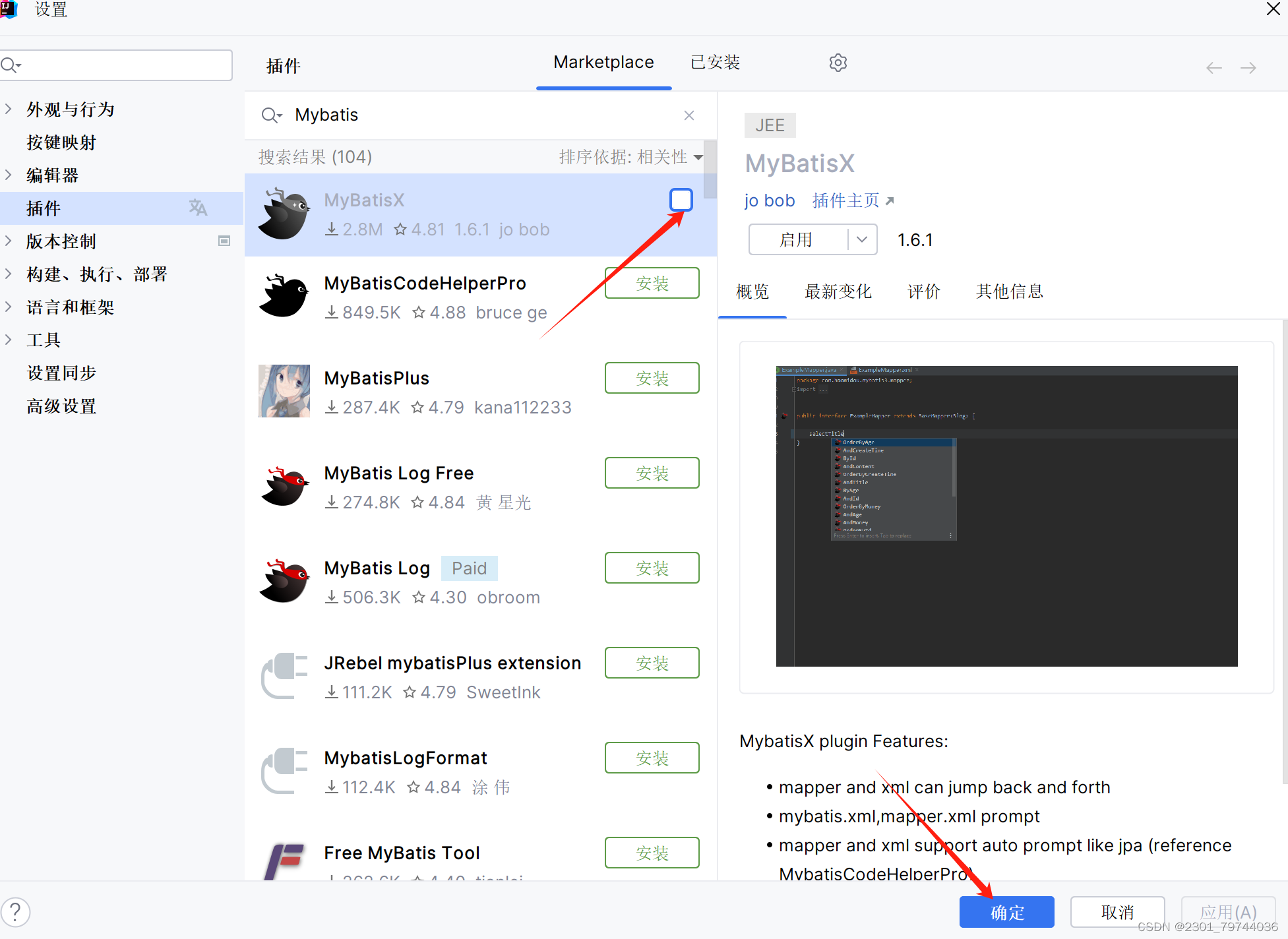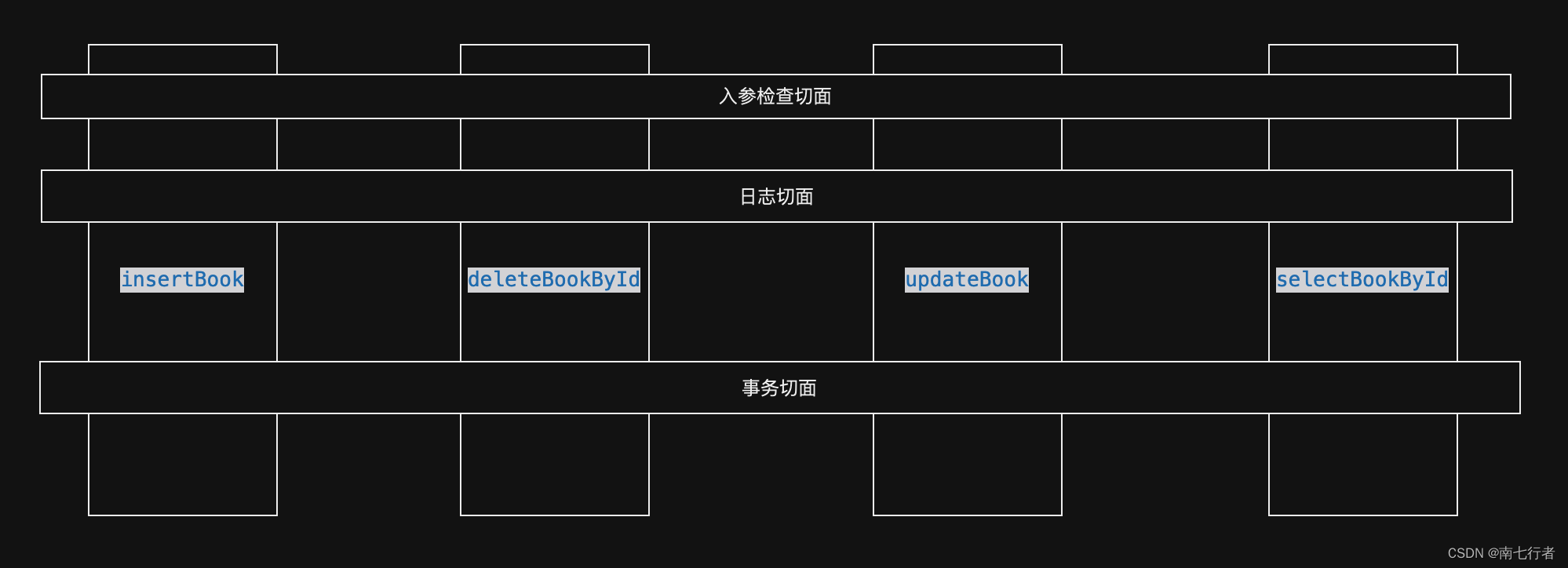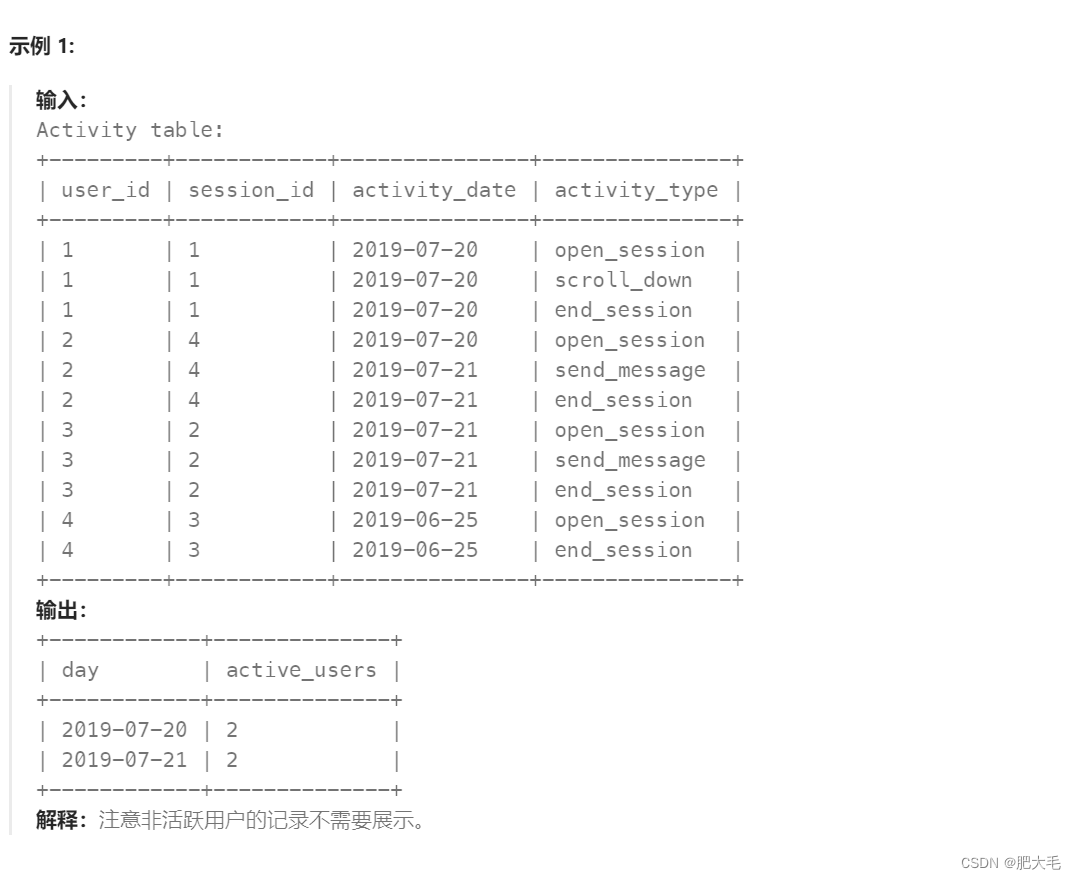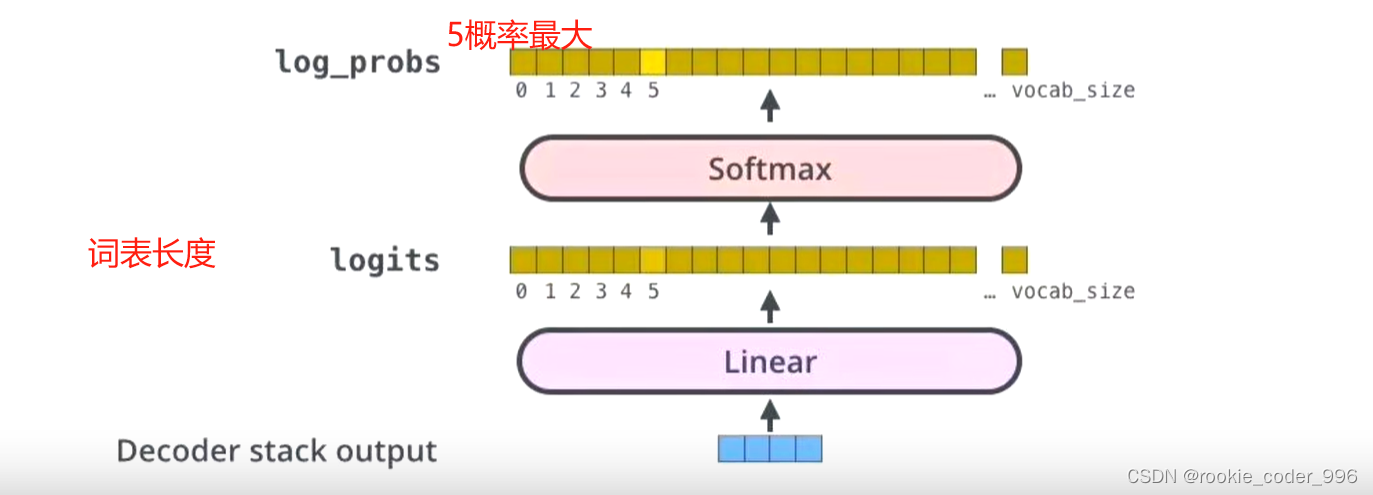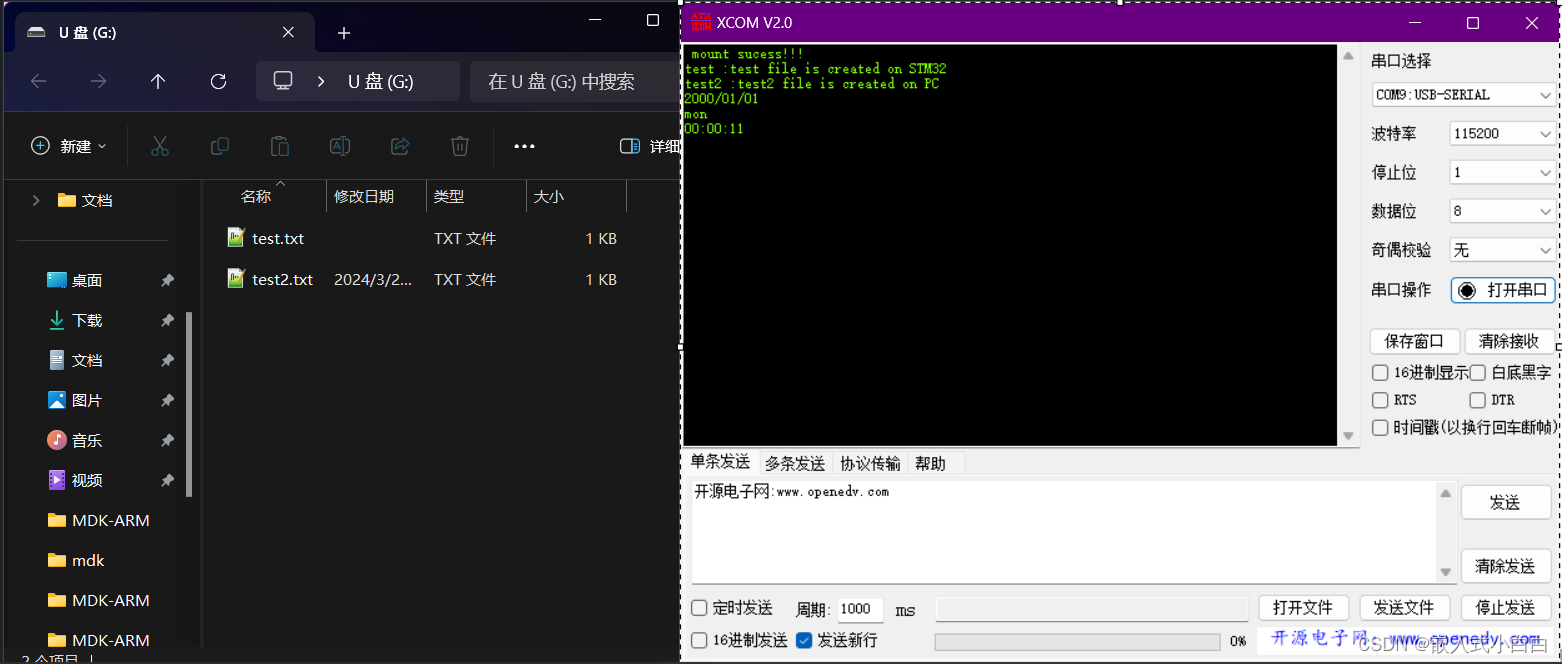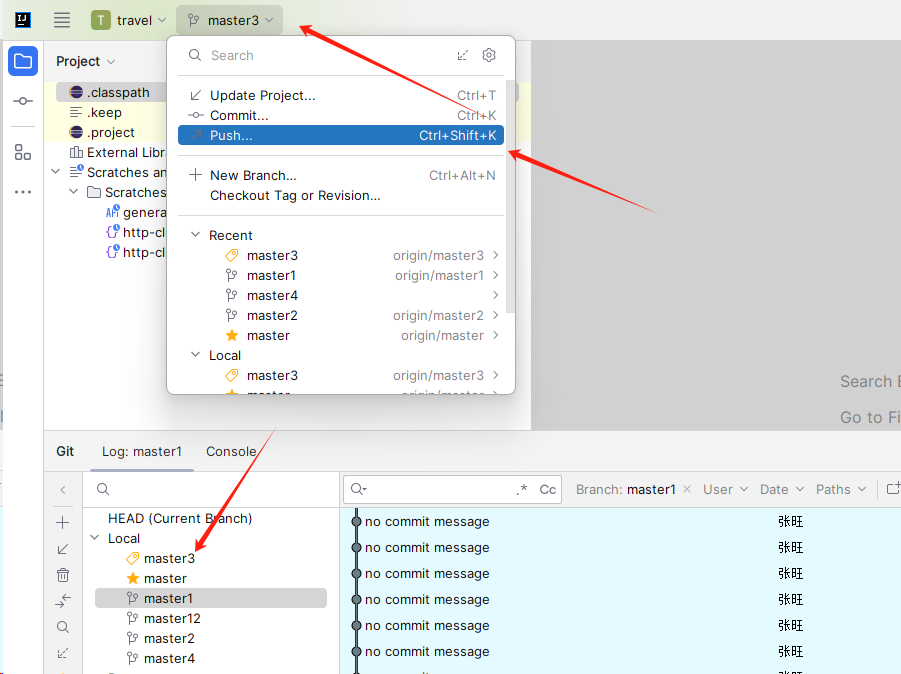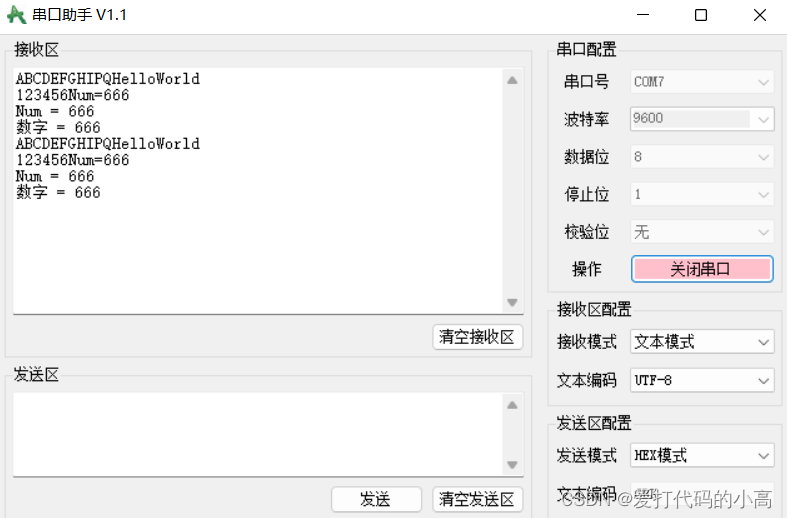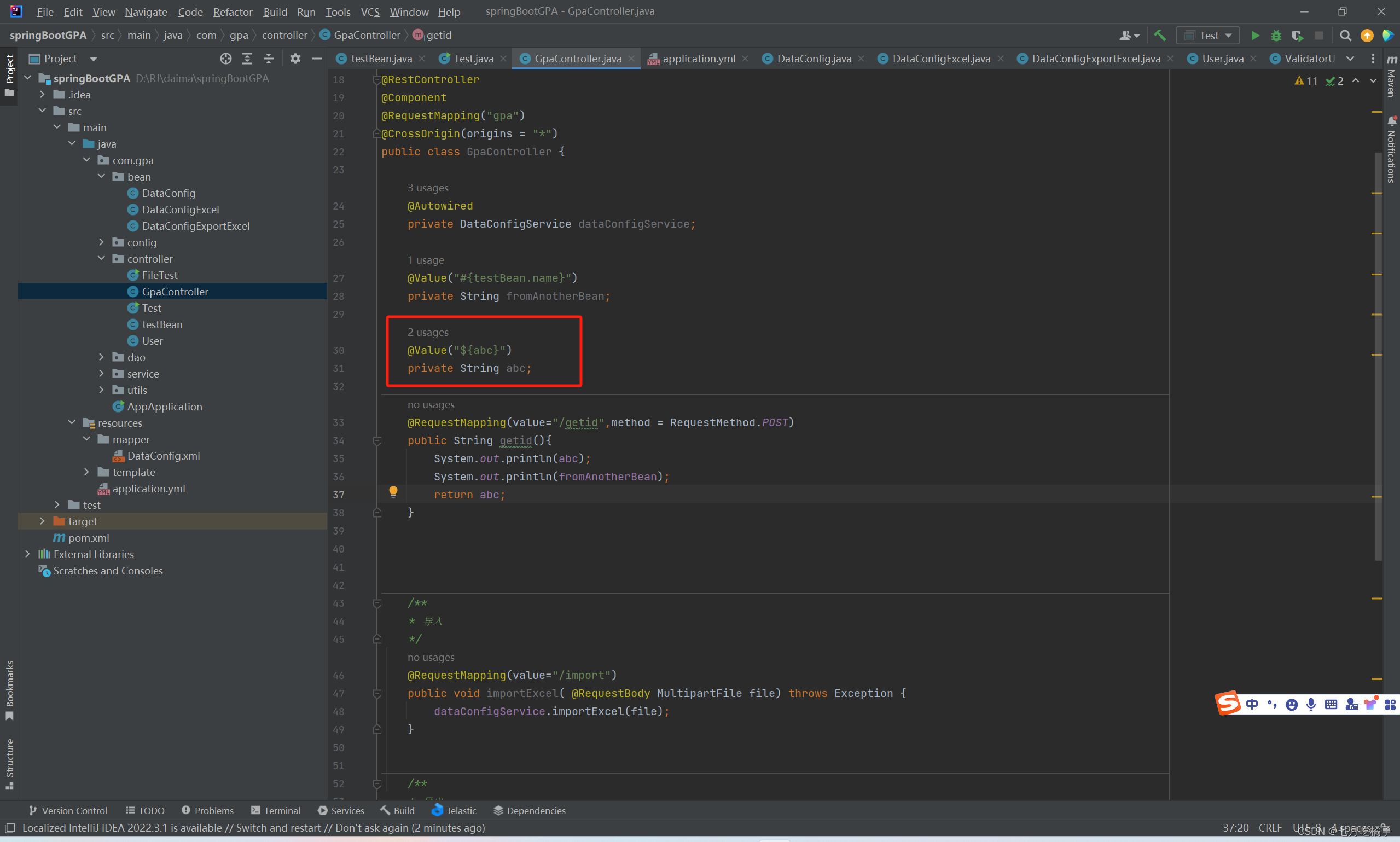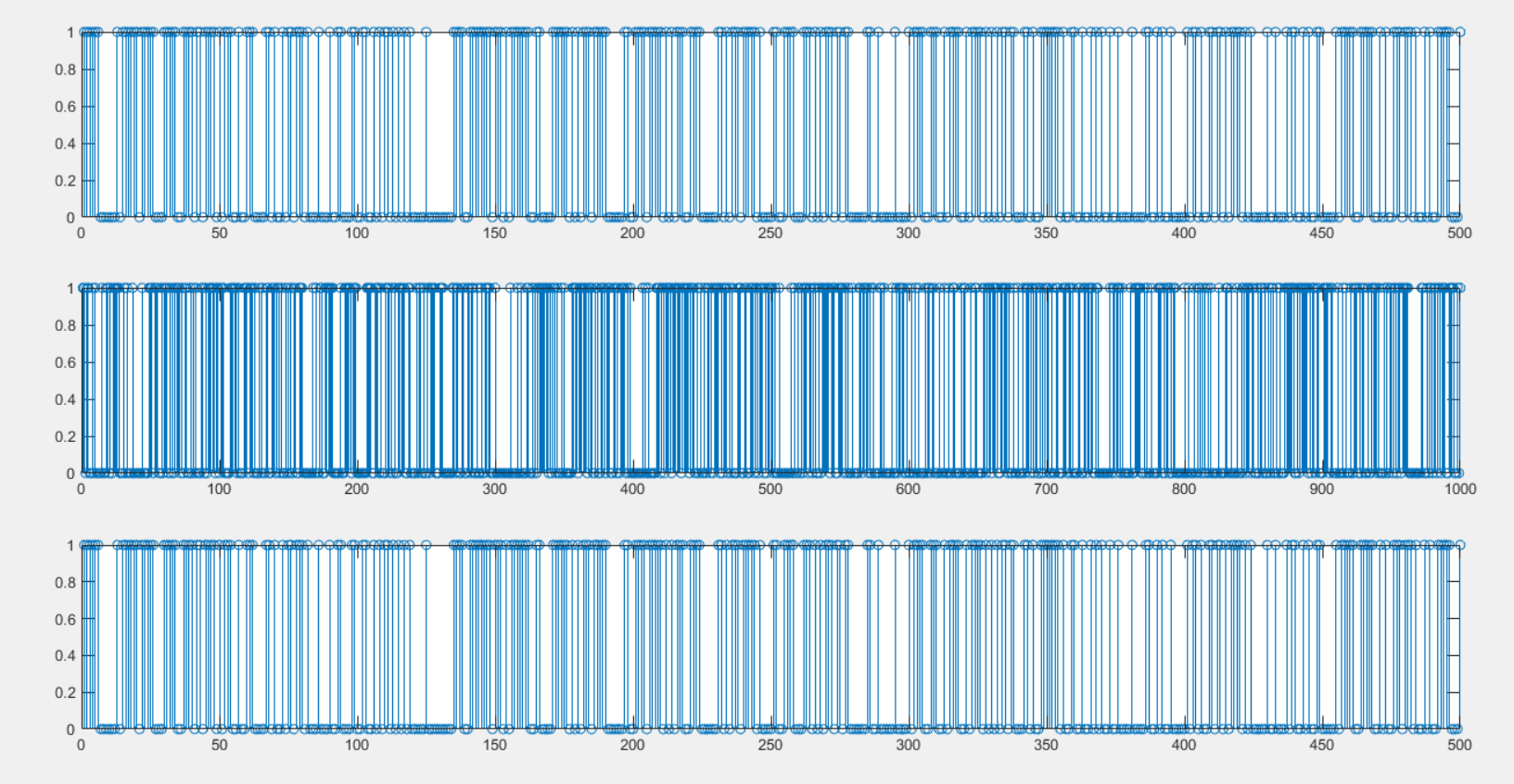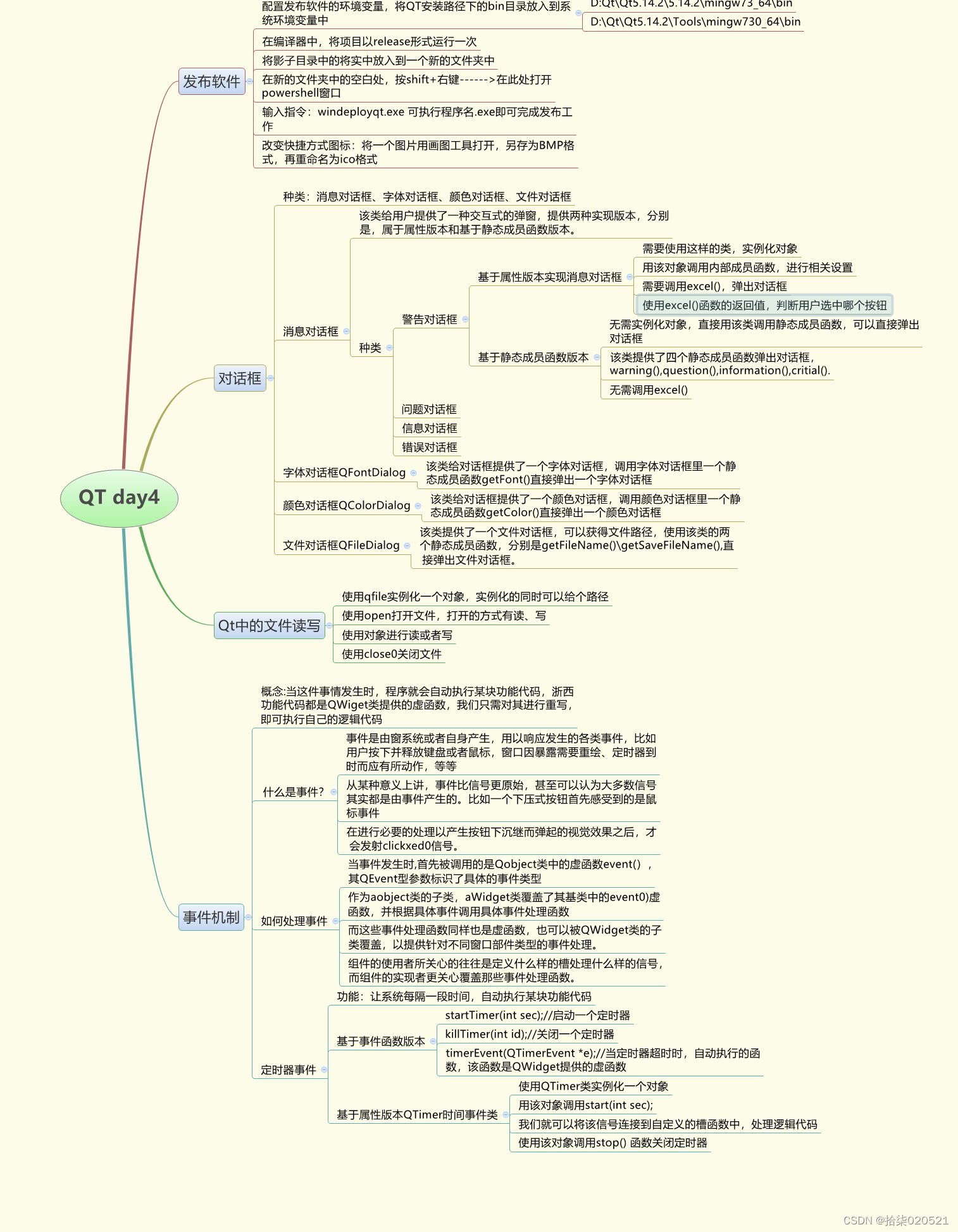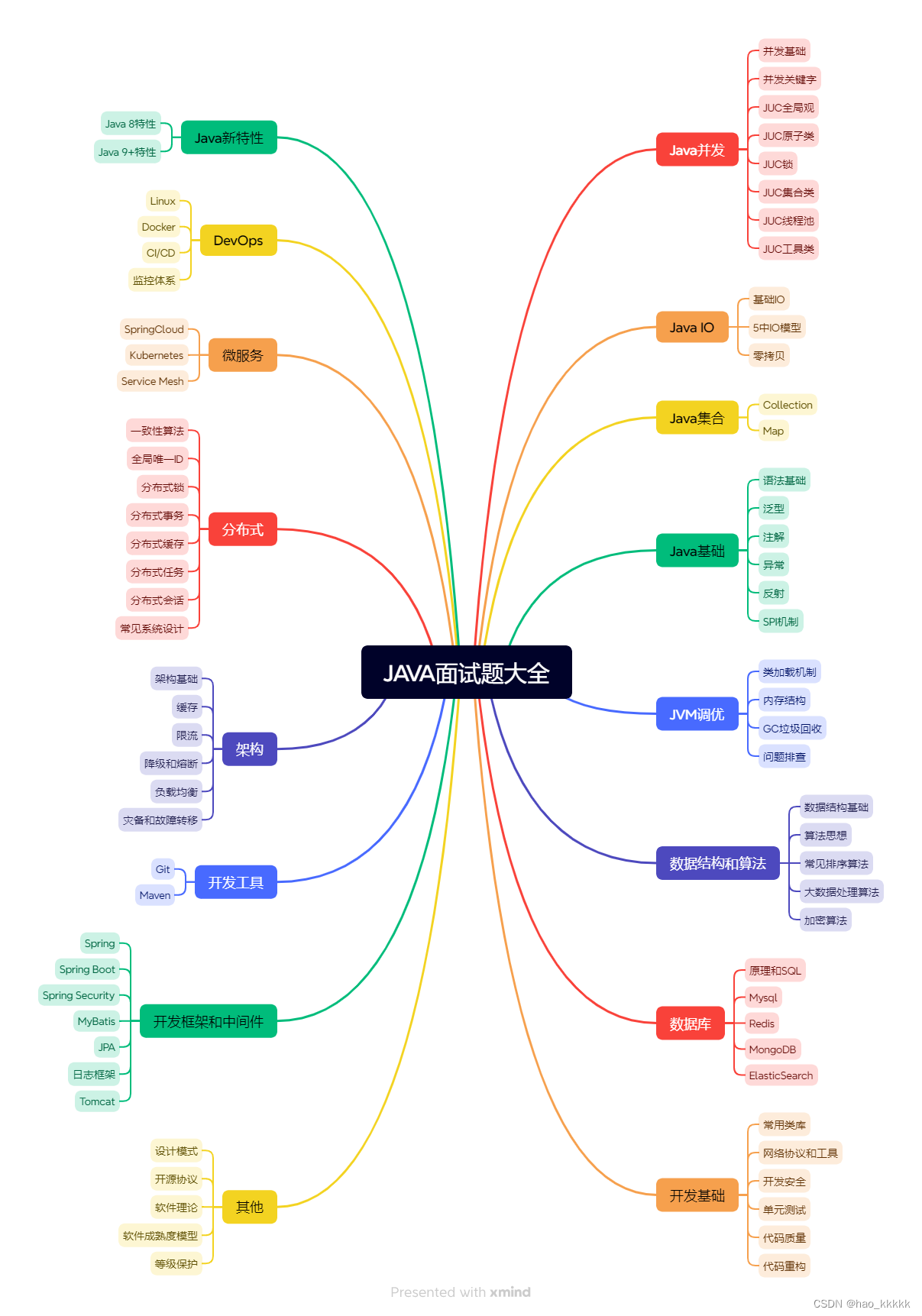@Component介绍
@Component 是 Spring 框架中的一个注解,用于将一个类标记为 Spring 上下文中的一个组件。当一个类被标记为 @Component 时,Spring 容器会在启动时自动扫描并实例化这个类,并将其注册到 Spring 上下文中。
@Component 注解可以用于任何类,包括控制器、服务、DAO 等。当一个类被标记为 @Component 时,它就成为了 Spring 上下文中的一个 bean,可以被其他 bean 通过依赖注入的方式使用。
除了 @Component 注解之外,Spring 框架还提供了其他一些类似的注解,例如 @Controller、@Service、@Repository 等,它们分别用于标记控制器、服务、DAO 等不同类型的组件。这些注解都是 @Component 的子注解,它们的作用和 @Component 类似,只是它们在 Spring 上下文中的作用域和生命周期可能会有所不同。
在 org.springframework.stereotype下还有这些:

@Component源码
@Target(ElementType.TYPE)
@Retention(RetentionPolicy.RUNTIME)
@Documented
@Indexed
public @interface Component {
String value() default "";
}源代码截图

org.springframework.stereotype下其他源码
@Controller
@Target(ElementType.TYPE)
@Retention(RetentionPolicy.RUNTIME)
@Documented
@Component
public @interface Controller {
@AliasFor(annotation = Component.class)
String value() default "";
}@Repository
@Target(ElementType.TYPE)
@Retention(RetentionPolicy.RUNTIME)
@Documented
@Component
public @interface Repository {
@AliasFor(annotation = Component.class)
String value() default "";
}@Service
@Target(ElementType.TYPE)
@Retention(RetentionPolicy.RUNTIME)
@Documented
@Component
public @interface Service {
@AliasFor(annotation = Component.class)
String value() default "";
}@Indexed
@Target(ElementType.TYPE)
@Retention(RetentionPolicy.RUNTIME)
@Documented
public @interface Indexed {
}@Component属性介绍
- value:用于指定注入容器时Bean的id。如果没有指定Bean的id,默认值为当前类的名称。
@Component注解使用场景
-
自动组件扫描:当你使用
@ComponentScan注解指定了扫描路径后,Spring会自动扫描这些路径下的类,并将所有带有@Component及其衍生注解(如@Service、@Repository、@Controller)的类注册为Spring容器中的Bean。这样做可以避免手动在XML配置文件中声明每一个Bean,从而简化了配置。 -
依赖注入:
@Component注解的类可以利用Spring的依赖注入机制。这意味着你可以在这些类中通过构造函数、Setter方法或者字段注入它们所依赖的其他Bean。 -
自定义Bean:开发者可以通过自定义注解来标记特定的组件。例如,如果你有一个
@MyCustomComponent注解,你可以在配置类中声明这个注解,并将其与@Component注解一起使用,以便Spring容器能够识别并管理这些自定义组件。 -
条件化配置:通过结合
@Conditional注解,@Component可以实现条件化的Bean创建。这意味着你可以根据不同的条件(如环境属性、系统属性等)来控制某些Bean是否被创建。 -
生命周期管理:
@Component注解的类可以利用Spring容器提供的生命周期管理功能。你可以实现InitializingBean和DisposableBean接口或者使用@PostConstruct和@PreDestroy注解来自定义Bean的初始化和销毁过程。 -
服务层、数据访问层和控制器:虽然
@Service、@Repository和@Controller都是@Component的特化,但它们各自用于标记不同的层次。@Service用于标记业务层组件,@Repository用于数据访问层(DAO)组件,而@Controller用于Web层的控制器。这种分层的标记有助于代码的组织和维护。 -
提高组件扫描效率:在Spring 5.0中引入的
@Indexed元注解可以与@Component一起使用,用于在项目编译打包时生成META-INF/spring.components文件,建立索引,从而提高组件扫描效率,减少应用启动时间。
@Component测试示例代码
示例代码 一
ComponentDemo类
package com.yang.SpringTest.annotation.componentLearn;
import org.springframework.stereotype.Component;
/**
*
* @author By: chengxuyuanshitang
* Package com.yang.SpringTest.annotation.componentLearn
* Ceate Time 2024-03-22 11:42
*/
@Component
public class ComponentDemo {
}
ControllerDemo类
package com.yang.SpringTest.annotation.componentLearn;
import org.springframework.stereotype.Controller;
/**
* @author By: chengxuyuanshitang
* Package com.yang.SpringTest.annotation.componentLearn
* Ceate Time 2024-03-22 11:41
*/
@Controller
public class ControllerDemo {
}
RepositoryDemo类
package com.yang.SpringTest.annotation.componentLearn;
import org.springframework.stereotype.Repository;
/**
*
* @author By: chengxuyuanshitang
* Package com.yang.SpringTest.annotation.componentLearn
* Ceate Time 2024-03-22 11:41
*/
@Repository
public class RepositoryDemo {
}
ServiceDemo类
package com.yang.SpringTest.annotation.componentLearn;
import org.springframework.stereotype.Service;
/**
* @author By: chengxuyuanshitang
* Package com.yang.SpringTest.annotation.componentLearn
* Ceate Time 2024-03-22 11:41
*/
@Service
public class ServiceDemo {
}
ComponentConfig配置类
package com.yang.SpringTest.annotation.componentLearn;
import org.springframework.context.annotation.ComponentScan;
import org.springframework.context.annotation.Configuration;
/**
* 配置类
*
* @author By: chengxuyuanshitang
* Package com.yang.SpringTest.annotation.componentLearn
* Ceate Time 2024-03-22 11:47
*/
@Configuration
@ComponentScan(value = {"com.yang.SpringTest.annotation.componentLearn"})
public class ComponentConfig {
}
ComponentTest测试类
package com.yang.SpringTest.annotation.componentLearn;
import org.springframework.context.annotation.AnnotationConfigApplicationContext;
import java.util.Arrays;
/**
* <p>测试类</p>
*
* @author By: chengxuyuanshitang
* Package com.yang.SpringTest.annotation.componentLearn
* Ceate Time 2024-03-22 11:48
*/
public class ComponentTest {
public static void main(String[] args) {
AnnotationConfigApplicationContext context = new AnnotationConfigApplicationContext(ComponentConfig.class);
String[] definitionNames = context.getBeanDefinitionNames();
Arrays.stream(definitionNames).forEach((definitionName) -> System.out.println(definitionName));
}
}
运行结果




